
Genk (Eurotoday Newspaper) – Genk’s heathlands, including Opglabbekerzavel, Schemmersberg, and Boxbergheide, are being restored with €6.2M support; Environment Minister Jo Brouns praised the project for boosting biodiversity and long-term ecological management.
As VRT News reported, the heathlands in Genk are improving after years of careful management. The city has worked to restore the area by clearing invasive plants, reintroducing native vegetation, and using controlled grazing. The Flemish government supported the project with €6.2 million. Officials say the work has helped wildlife return, including birds, insects, and local plants.
What is Genk doing to expand heathland restoration with €66.2M?
On Thursday, Aug 21, 2025, Environment Minister Jo Brouns (CD&V) visited Opglabbekerzavel to see the results. He was joined by Mayor Wim Dries, Alderman Karel Kriekemans, and party colleagues. During the visit, they saw healthier plants and signs of wildlife coming back. Minister Brouns praised Genk’s work and highlighted the value of long-term investment in nature.
In Genk, the city’s heathland management plan is being expanded to include the Schemmersberg and Boxbergheide areas alongside the Opglabbekerzavel. The plan has been in working for 2 years and aims to protect and improve the natural quality of these spaces.
A large part of the €66.2 million funding will go to developing the Zwarte Berg ecovalley. This ecovalley is a vital link between the Mechelse Heide and the Houthalen-Helchteren Military Shooting Range.
The plan for the 3 heathland areas includes a one-time, large-scale removal of invasive tree species. Trees such as the American Bird Cherry and the Black Acacia will be cleared to restore the native landscape. After the deforestation, the city will carry out regular maintenance for 24 years. The Flemish government is supporting this long-term effort with annual funding of €66,000.
A similar heathland restoration project took place in Genk at the Opglabbekerzavel between 2018 and 2020, funded in part by the Flemish government. The project involved a large-scale removal of invasive tree species, including the Black Acacia and American Bird Cherry, to restore the native heathland environment.





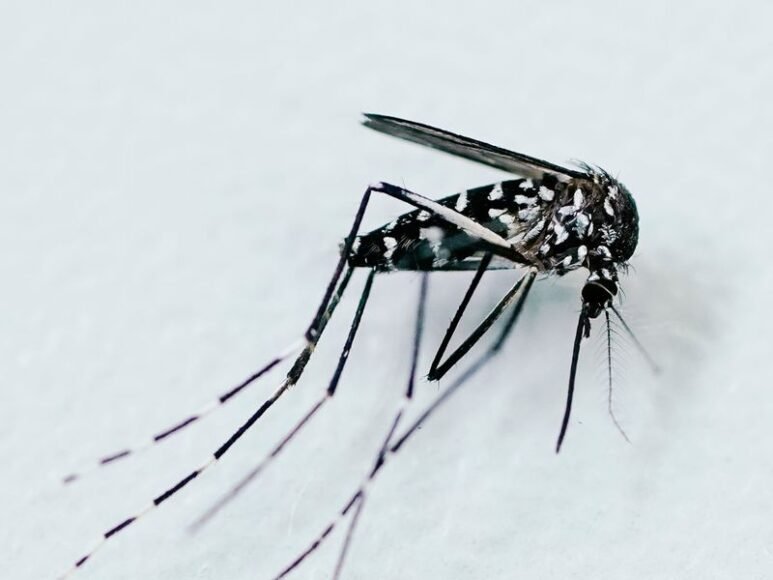

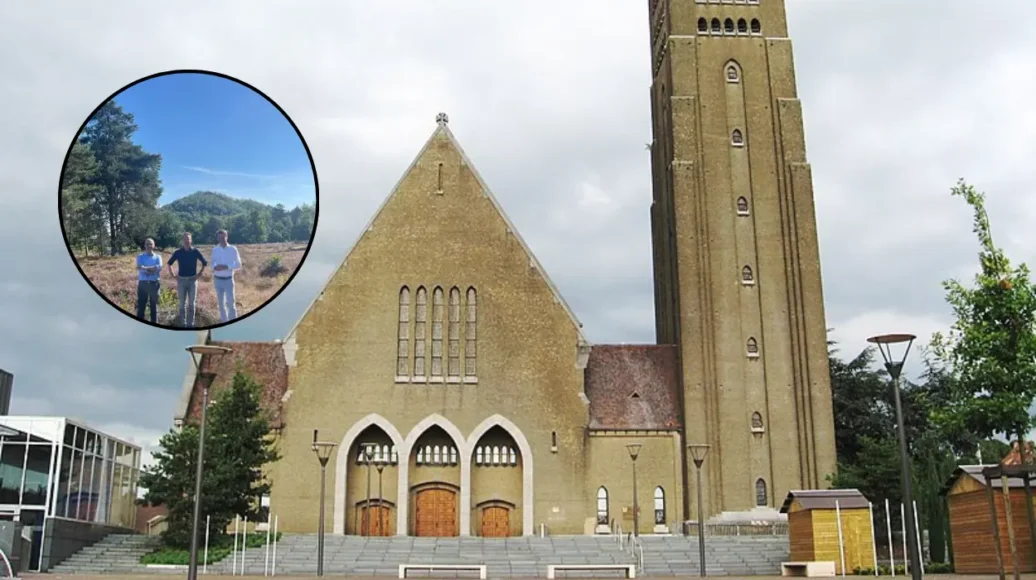
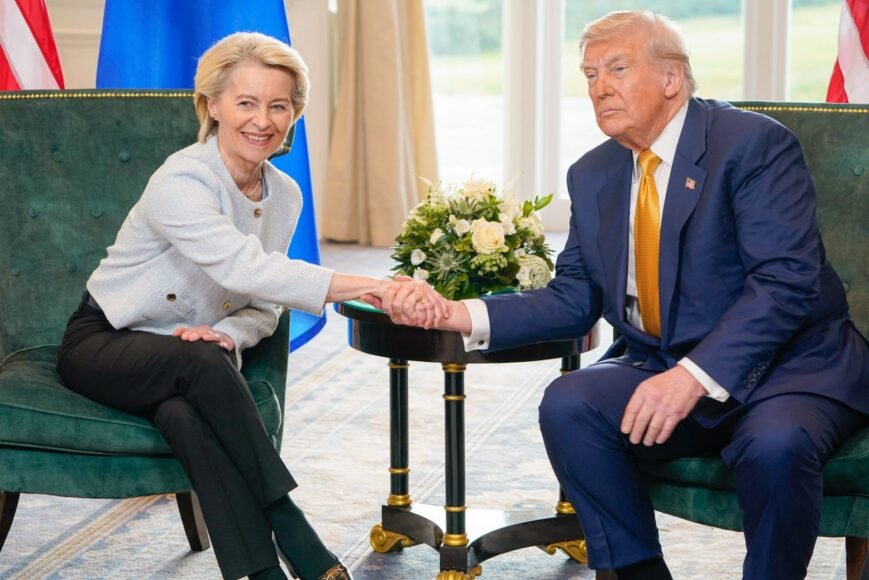

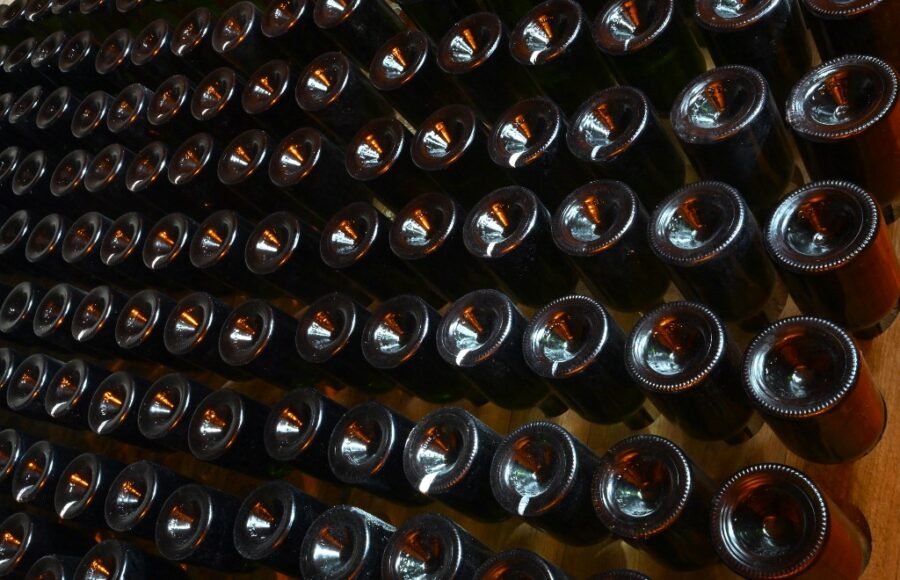
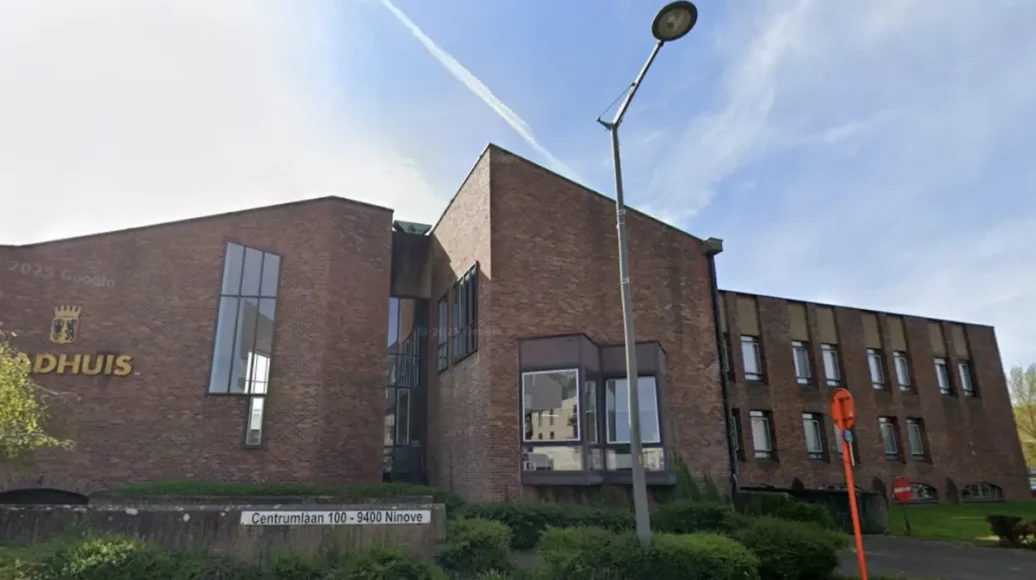

Leave a Reply